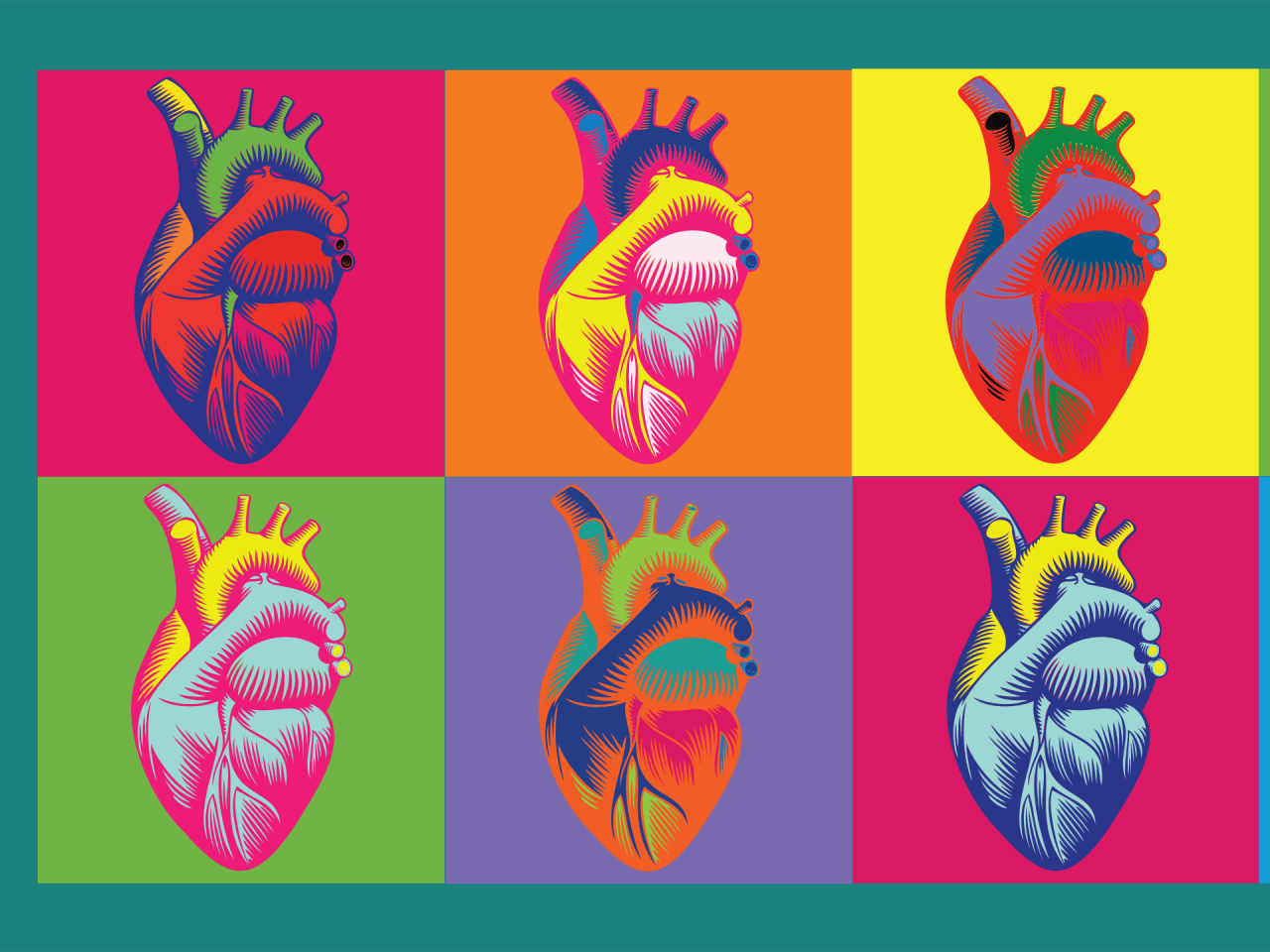The Ultimate Guide To Arogyajivan Medical Tourism For Oncology
The Ultimate Guide To Arogyajivan Medical Tourism For Oncology
Blog Article
Little Known Questions About Arogyajivan Medical Tourism For Oncology.
Table of ContentsThe Best Guide To Arogyajivan Medical Tourism For OncologyNot known Facts About Arogyajivan Medical Tourism For OncologyThe Arogyajivan Medical Tourism For Oncology IdeasMore About Arogyajivan Medical Tourism For OncologyThe smart Trick of Arogyajivan Medical Tourism For Oncology That Nobody is DiscussingExamine This Report on Arogyajivan Medical Tourism For Oncology
With its emphasis on minimally invasive techniques, advanced imaging, and personalised medicine, interventional cardiology is changing the means we approach heart health. At Atrius Cardiac Care, we are committed to providing our clients with the finest quality of care, making sure that they get the very best feasible results on their course to heart health and wellness.Heart disease (CVDs) are the leading cause of fatality globally. An estimated 17.9 million people died from CVDs in 2019, standing for 32% of all worldwide deaths (ArogyaJivan Medical Tourism for Oncology). Of these fatalities, 85% was because of cardiac arrest and stroke. Over 3 quarters of CVD fatalities occur in reduced- and middle-income nations.
One of the most common reason for this is a build-up of fatty down payments on the inner walls of the blood vessels that provide the heart or mind. Strokes can be triggered by hemorrhaging from a blood vessel in the mind or from blood clots. One of the most crucial behavioural threat elements of heart problem and stroke are undesirable diet, physical lack of exercise, tobacco use and damaging use alcohol.
A Biased View of Arogyajivan Medical Tourism For Oncology
Additionally the individual may experience difficulty in breathing or shortness of breath; queasiness or throwing up; light-headedness or fatigue; an anxiety; and turning pale. Ladies are more probable than men to have shortness of breath, queasiness, throwing up, and back or jaw discomfort. One of the most usual signs and symptom of a stroke is abrupt weak point of the face, arm, or leg, most commonly on one side of the body.
Individuals experiencing these symptoms should seek medical care promptly. Rheumatic cardiovascular disease is brought on by damages to the heart shutoffs and heart muscular tissue from the swelling and scarring brought on by rheumatic high temperature. Rheumatic high temperature is created by an uncommon feedback of the body to infection with streptococcal microorganisms, which usually starts as an aching throat or tonsillitis in youngsters.
The smart Trick of Arogyajivan Medical Tourism For Oncology That Nobody is Talking About

An acute event such as a heart assault or stroke ought to be promptly managed. They include: coronary artery bypass; balloon angioplasty (where a little balloon-like gadget is threaded with an artery to open up the clog); valve fixing and substitute; heart transplant; andartificial heart procedures.
5 Easy Facts About Arogyajivan Medical Tourism For Oncology Explained
During the past 2 decades, significant strides have actually been made in the medical diagnosis and read more therapy of heart illness. Nuclear cardiology has actually played a critical function in identifying heart illness, analyzing disease intensity, and anticipating end results.
The capillary become slim when fatty down payments develop inside the arterial wall. This is the process of atherosclerosis. When the arteries become stopped up, the blood flow to the heart muscle mass is damaged and a cardiac arrest can occur. Nuclear cardiology studies utilize noninvasive strategies to assess myocardial blood circulation, evaluate the pumping function of the heart as well as visualize the size and place of a heart strike.

Examine This Report on Arogyajivan Medical Tourism For Oncology
Radionuclide ventriculography is a noninvasive research that gives information regarding the pumping function of the heart. In clients with coronary artery condition and in those that have actually had a cardiovascular disease, the assessment of the pumping feature of the heart (likewise called the ejection portion) is necessary in the prediction of both long-term and short-term survival.
These techniques can also provide info regarding the function of the valves of the heart, the integrity of all the heart chambers and can be made use of to keep an eye on the result of various drugs on the heart muscle (in patients with cancer cells who are treated with chemotherapy). The evaluation of heart feature with radionuclide ventriculography is accurate and noninvasive and continues to play a crucial function in predicting outcomes in individuals with heart illness.
Nuclear cardiology techniques can be used to determine which locations of the heart muscle have been harmed by infection or by a heart strike. These strategies can also be used to keep track of the standing of the heart muscular tissue in the client after cardiac transplant. ArogyaJivan Medical Tourism for Oncology. The heart has its very own nerve system, which is critical for the proper performance of the heart muscle mass
An irregular heart rate and disarray of the typical heart rhythm can materialize this abnormality. Imaging representatives are infused right into the blood stream Full Article and after that the nerve system of the heart can be imaged making use of a gamma camera. The info acquired from these noninvasive researches can be used in the monitoring of people with cardiovascular disease, especially cardiac arrest.
Arogyajivan Medical Tourism For Oncology Things To Know Before You Buy
These research studies can outline the heart muscle that is not obtaining sufficient blood flow as a result of the clog in the arteries of the heart. These studies can likewise show the heart muscular tissue that has been marked from past heart strikes, and likewise what has actually been harmed however has the prospective to recuperate if a coronary bypass or an angioplasty is executed.

, which consists of your heart, arteries, and capillaries.
Report this page